Egert writes a blog from Ghana. See what he’s doing there.
I came to the town of Prestea, Ghana, knowing that I will be raising awareness about the dangers of gold mining among local miners. It’s especially important for the workers in the smaller and so-called illegal mines, who often don’t take the necessary precautions and aren’t in a position to lower risks to their own health as well as nature.
The Chinese
Ghana has long had trouble with Chinese miners who use large machines to illegally mine gold and leave behind desolate land. Generally, they don’t pay taxes to the state either, so the the new government eventually decided to ban non-official gold mining, but that wasn’t enough, since that only made the Chinese register their mines under the name of a local who bought land for them in exchange for 10% of the mined gold.
That led to a ban on small-scale gold mining. The official position was that the ban is due to safety and environmental concerns. You might think that the government had good intentions, to keep youung men from harming their health, polluting the drinking water or the environment, but really the locals think it was just a show of strength for China, in hopes to negotiate better loans from them. As of writing this, the government of Ghana has expelled more than 4000 Chinese miners, and geopolitically, China has great interests in the West African region.
Influence on the locals
In Prestea – the town we live in – the ban has created a myriad of societal problems. 90% of the town’s income comes from gold mining either directly or indirectly, and over 80% of that is money coming from now illegal mines. That leaves a lot of young men without sufficient income to feed their families, the locals are afraid that the tensions might lead to riots, looting and violence. The work has been halted mostly in the mines in the town (yes, there are mines inside the town, there’s one just behind our house), since those mines are easy to raid for the military. The miners themselves hope to continue working despite the ban, after the military has completed their raid.
The mines outside of town limits have remained open and working, since they have lookouts who let the workers know when they see the military coming – an alarm is then raised and everyone can get off of the mine’s territory.
Selfless work
One morning, we decided to go see the different illegal mines located in our area. When wading the abandoned mines, we came across a snake that the locals – for a reason unknown to us – immediately stoned to death.
We found the first illegal miners by sound alone, coming from the machinery – there were men looking for gold in the river. This method is the most harmful one to the environment, since often there’s little to nothing left of the riverbed and it also pollutes groundwater.
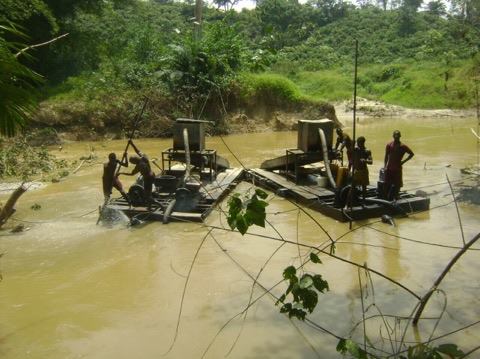
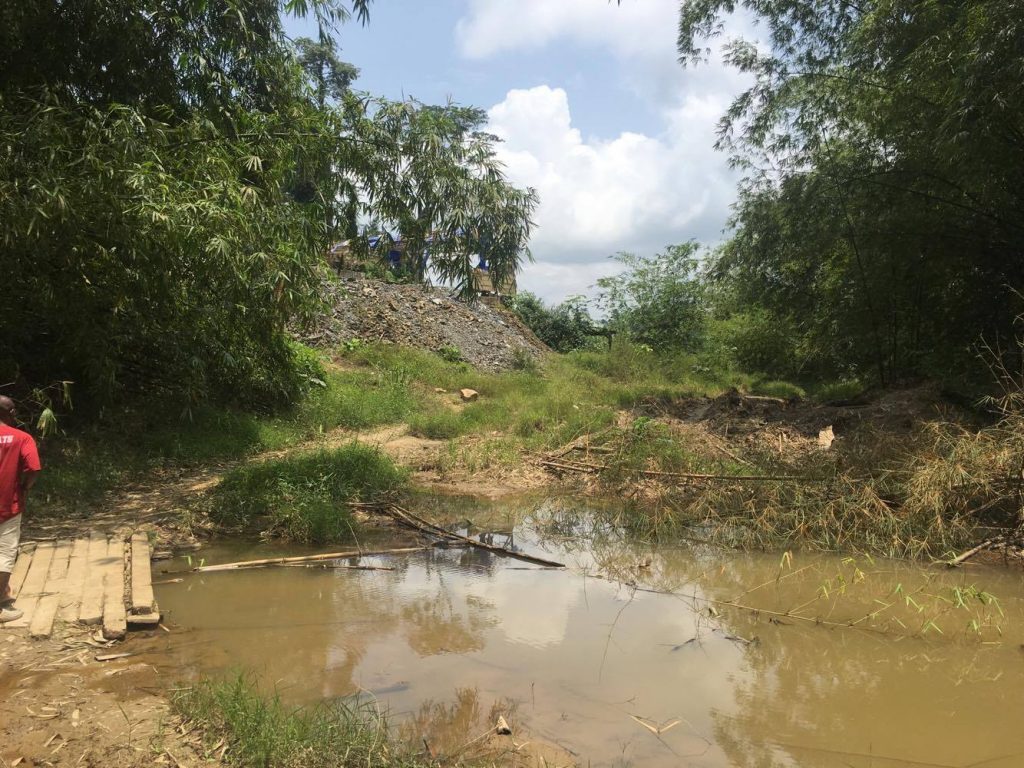
Next, we happened upon the most traditional method of finding gold – looking for it in the ground’s surface layers.
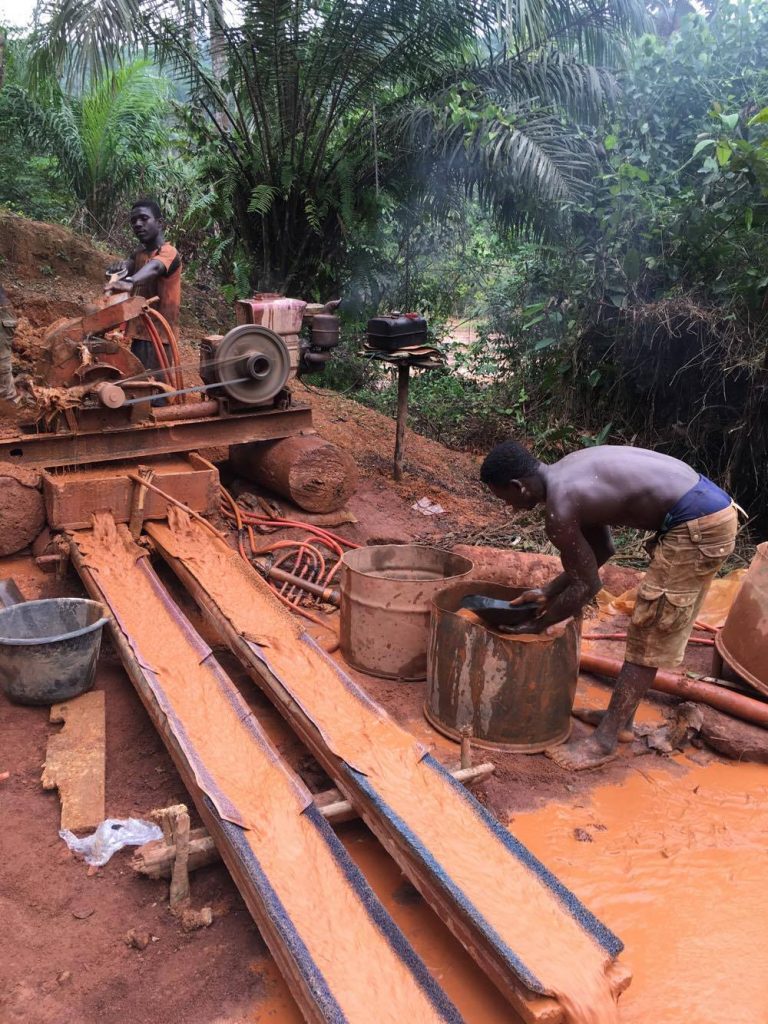
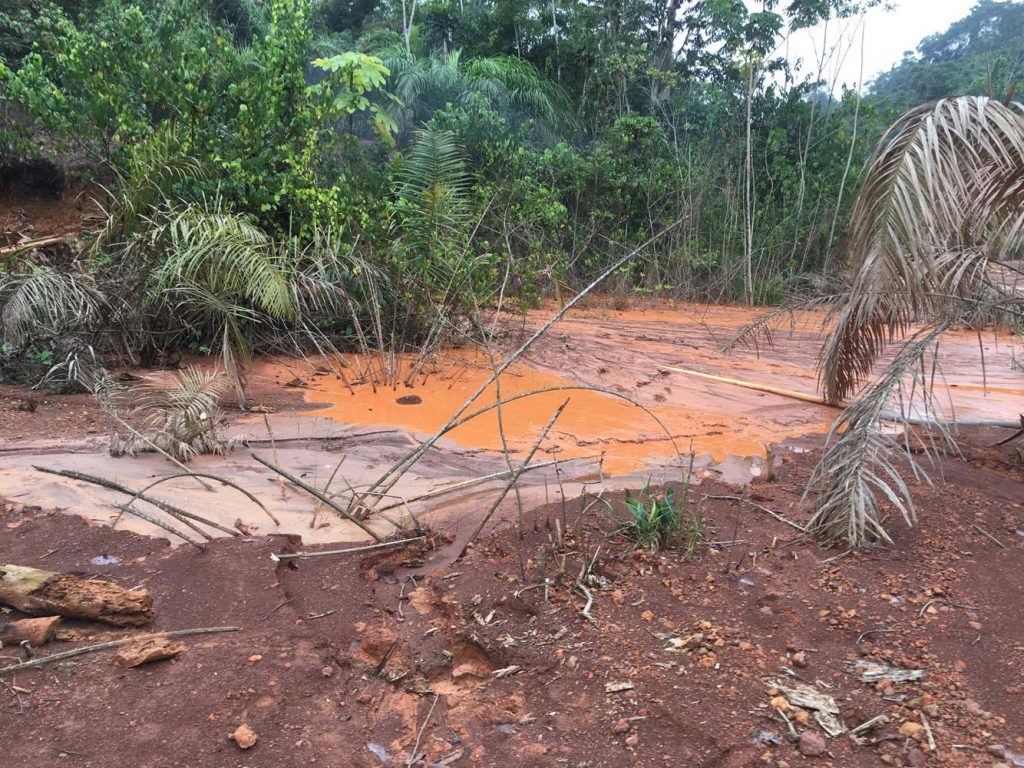
What was just described were the operations of 2-5 men, but the last place we saw was a bigger illegal mine. It sometimes employs whole families (men, women and children), each such group – consisting of about 50 people – has an overseer. These groups are further divided into smaller groups of 6-7 people that have their own underground mining area. We got an overview of the mine’s inner workings from Paul, who runs one such mine. He’s a bit over 50 years old and has been doing this job for over 14 years.
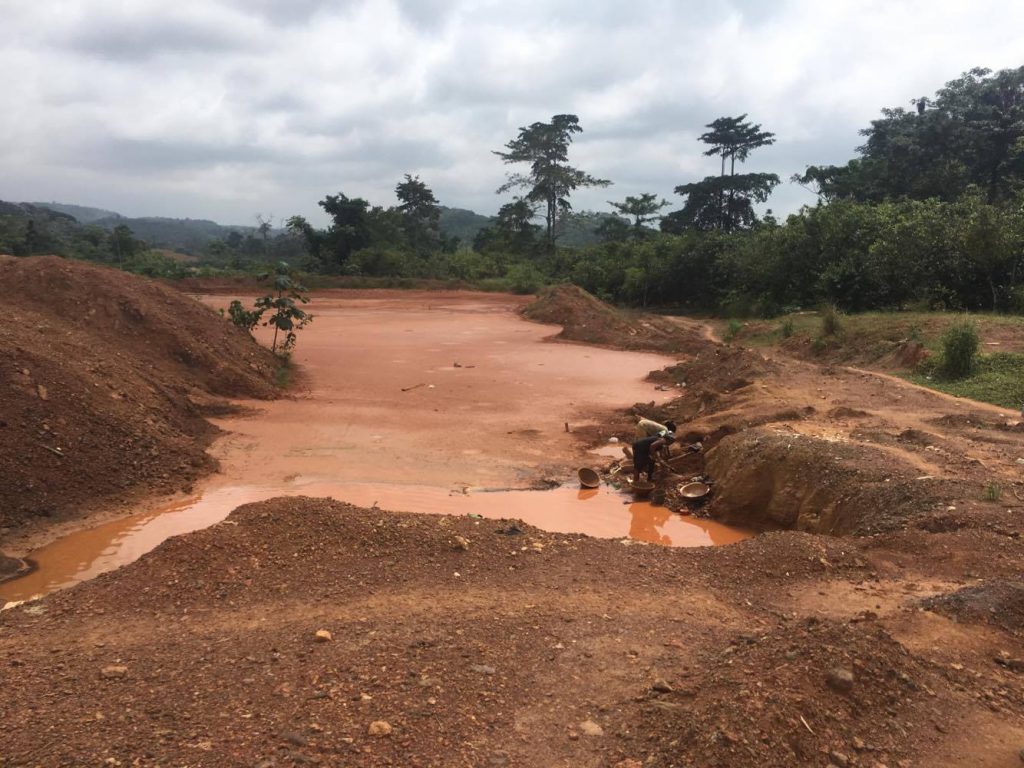
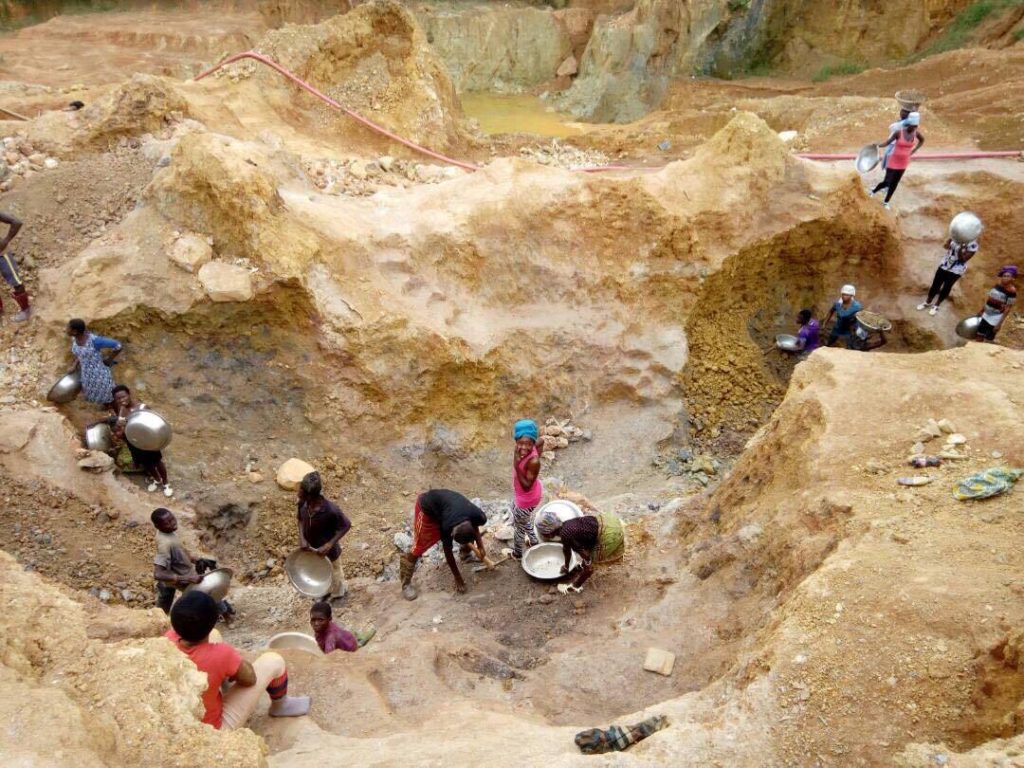
Paul told us how underground mines are built and how the system works, also claiming that in his mines, there hasn’t been a single accident in the past 14 years. We brought up an accident from a month ago, where over 18 died in a collapse. According to Paul, said mine had been built wrong and was unsafe.
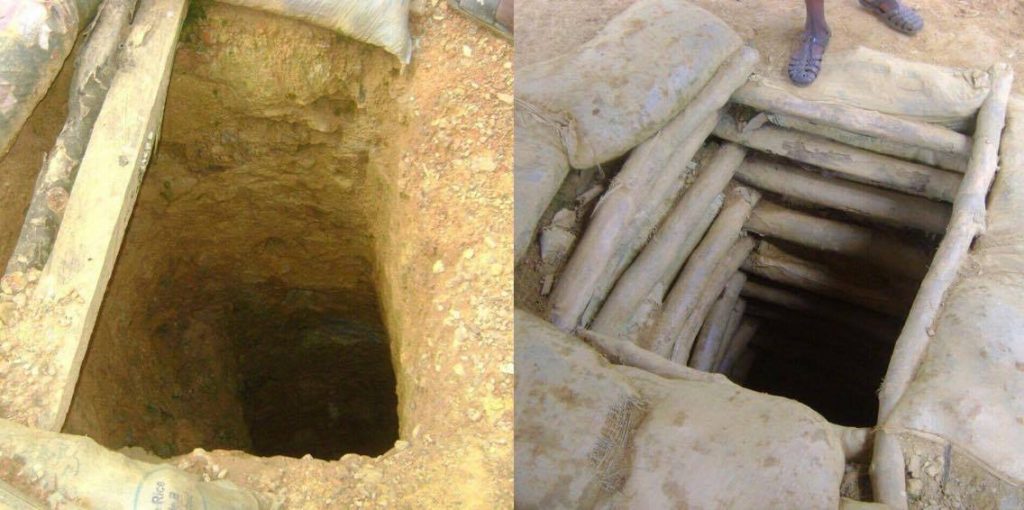
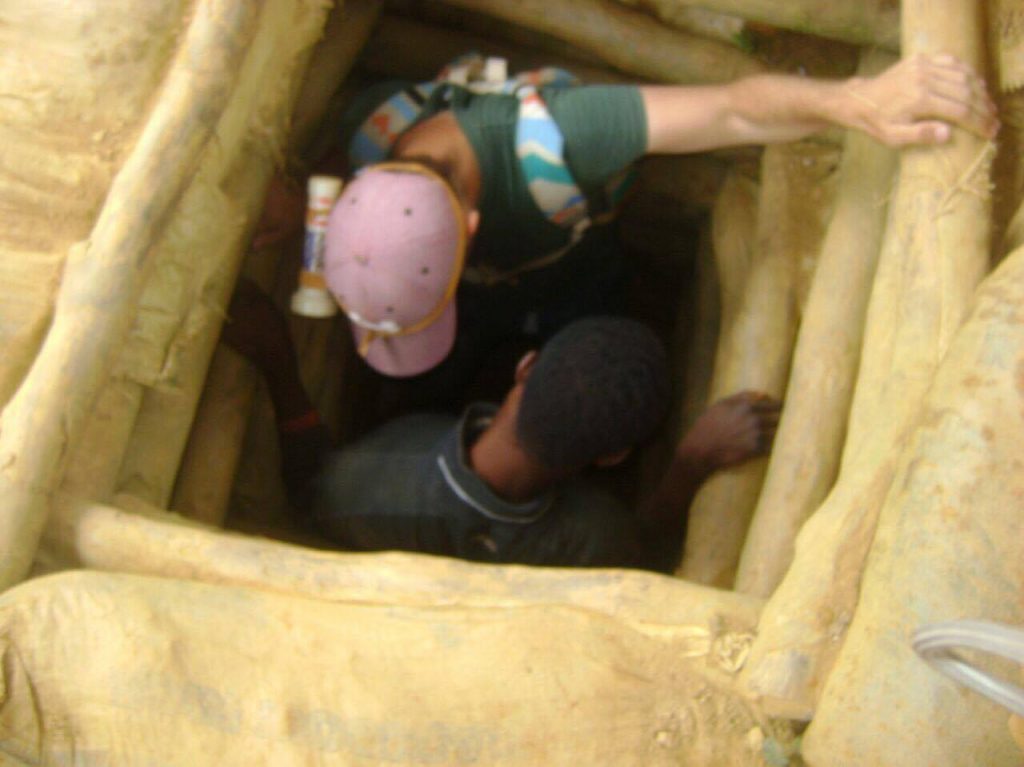
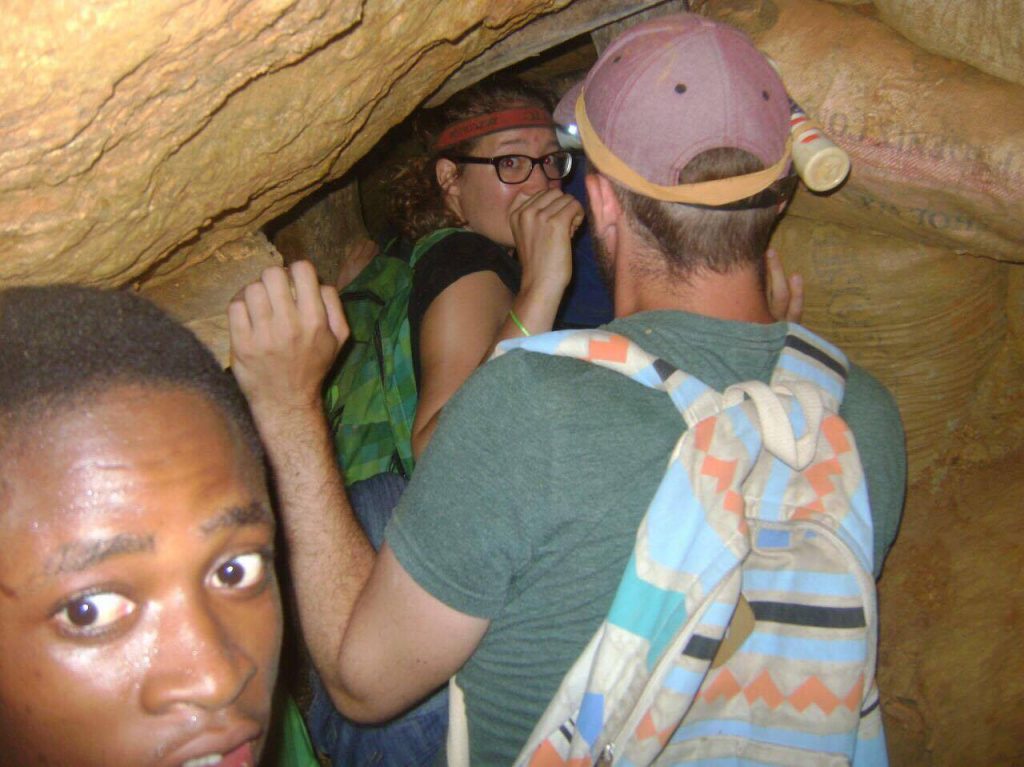
Even though several different methods are used to look for gold, they all have one process in common. It’s the last process that is performed by the men themselves so that nobody else could take their gold. First, they sift sand on a special plate to see if there are grains of gold, then add mercury to mold a small ball out of them. Later, the ball is heated, the mercury evaporates, leaving behind the gold.
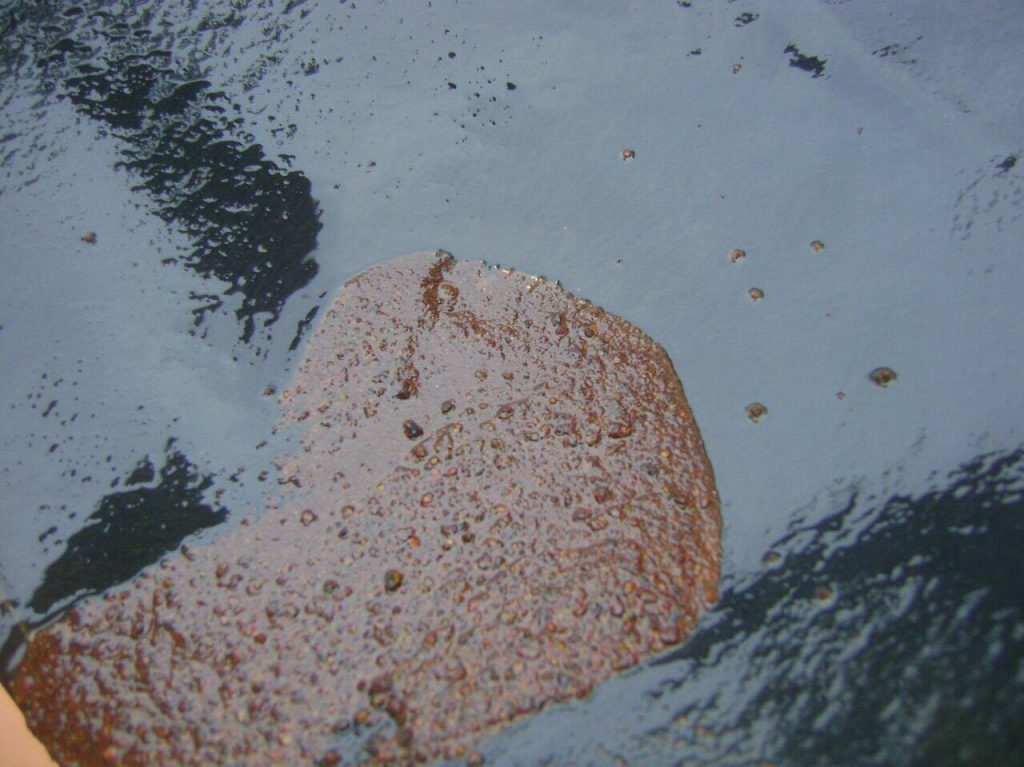
Given the current political situation, we have to reconsider our work arrangements and tactics here. If people’s basic needs aren’t fulfilled, it’s very difficult to spread the message about how their activity is polluting nature, forests, water and harming their own health, especially if you have no viable alternatives or aid to offer.
1 gram of gold is worth 120 of the local currency, which is about 24 euros. The average daily yield is about 1 to 5 grams of gold. The profits are evenly divided among the members of the group.
A quick daily fact: we noticed that the local young men still wear sagging pants like it was hip to do in the 90s. We were told that it’s the fault of a German football coach who came to work with the Ghanaian national team. Because of him, the sagging pants look still hasn’t gone out of fashion and is sometimes known as the Otto Pfister style.
Since you are here...
It is important to protect everyone’s human rights, because it helps to keep stability and peace in the society. There are many challenges for protection of human rights in Estonia: intolerance has really come out of the closet. Bad things happen when good people are too passive, but together we can make a change.
Estonian Human Rights Centre is the competent, accountable and impactful independent human rights organisation in Estonia. Your recurring or one-time donation helps to stand up for human rights everywhere: in courts, in the media, in schools, in the workplace, on the streets and in governmental venues.
Donating is easy, and you can use your credit card if donating from abroad.
Donate now